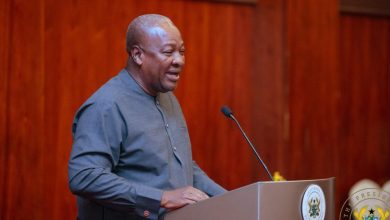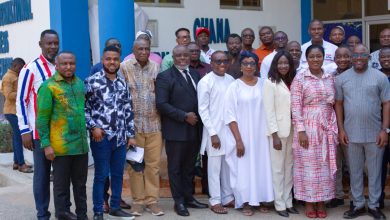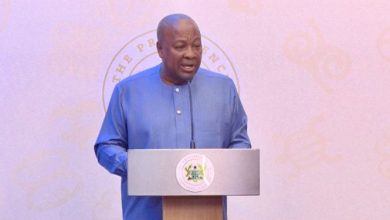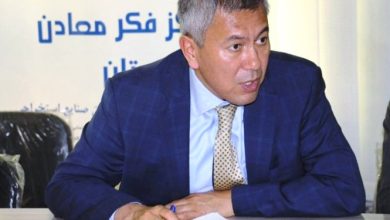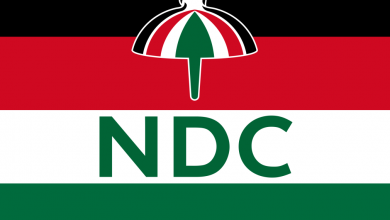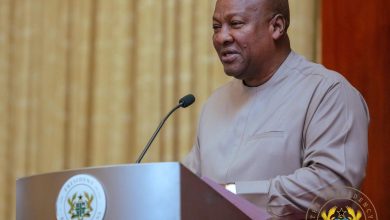Akufo-Addo Unveils 101 New Waste Management Trucks & 25 Disinfection Trucks.
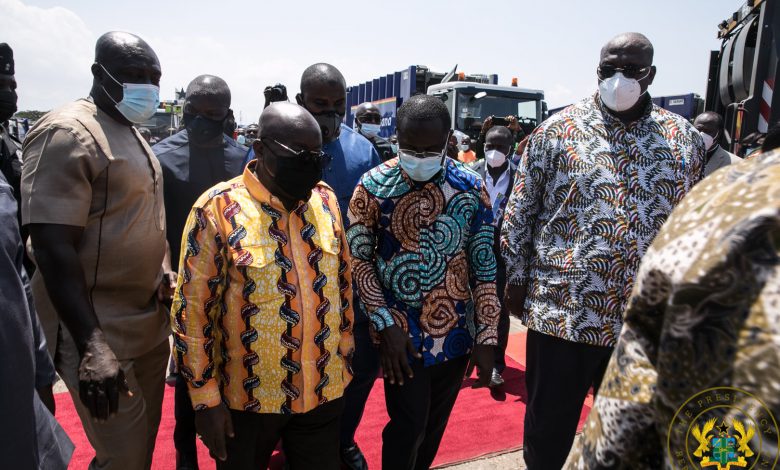
The President of the Republic, Nana Addo Dankwa Akufo-Addo, on Tuesday, 8th June 2021, unveiled 101 waste management trucks and 25 disinfection trucks secured by Zoomlion Ghana Ltd, at a ceremony at Independence Square.
The trucks, according to President Akufo-Addo, are going to be used to cart waste from our business districts and communities to landfill sites and waste treatment facilities, and help in the ongoing disinfection exercises of spaces and institutions that have been rolled out since the onset of COVID-19.
The procurement of the trucks by Zoomlion, the President said, “is a clear manifestation of the commitment of progressive elements in the private sector to work with government to deliver quality infrastructure, in this case, addressing the waste management situation in the country.”
Speaking at the ceremony, he explained that rapid population growth, with its consequent increase in human activities at the residential, commercial and industrial levels, has meant that waste generation activities in Ghana continue to be a challenge.
According to President Akufo-Addo, “currently, in total, we generate some seven million, five hundred and seventeen thousand, five hundred and forty (7,517,540) metric tonnes of waste. This situation, you would agree, presents enormous investment opportunities, for which the private sector can take advantage”.
He, therefore, reiterated his invitation for more private sector companies to collaborate with Government in creating business opportunities in the waste management space, such as waste to energy, materials recovery, recycling, and composting.
“Government will continue to create an enabling environment, where private sector players would have the opportunity to help provide sustainable waste management services in the country,” he said
Reinforcing Government’s commitment to realising the targets under the 2030 United Nations Sustainable Development Goals relating to sanitation, President Akufo-Addo noted that Government is collaborating with the Jospong Group of Companies to set up sixteen (16) state-of-the-art Integrated Recycling and Compost Plants in all the sixteen (16) Regions of the country.
“This is a good, positive intervention, and it would go a long way to help manage waste effectively. I have been reliably informed that the construction of the waste facilities, as I indicated in my Message to Parliament on the State of the Nation earlier this year, is on course, and at various stages of development in the different Regions,” the President said.
He continued, “The citing of such infrastructure in the Regions comes with accompanying benefits, such as the creation of jobs, and an improvement in social amenities, such as good roads, potable water and extension of electricity, all of which help improve the domestic economy.”
The success of municipal waste management, the President stressed, is tied to the collection and transportation of waste to the final disposal sites, adding that the procurement of the 101 waste management trucks by Zoomlion Ghana Ltd will augment the existing fleet of vehicles to improve waste collection and transportation in the country.
“I commend Zoomlion Ghana Ltd, which has been at the forefront of waste management in the country, for the giant strides it has taken so far. I encourage the company to continue with its good work, and help support Government to make the country clean,” he said.

